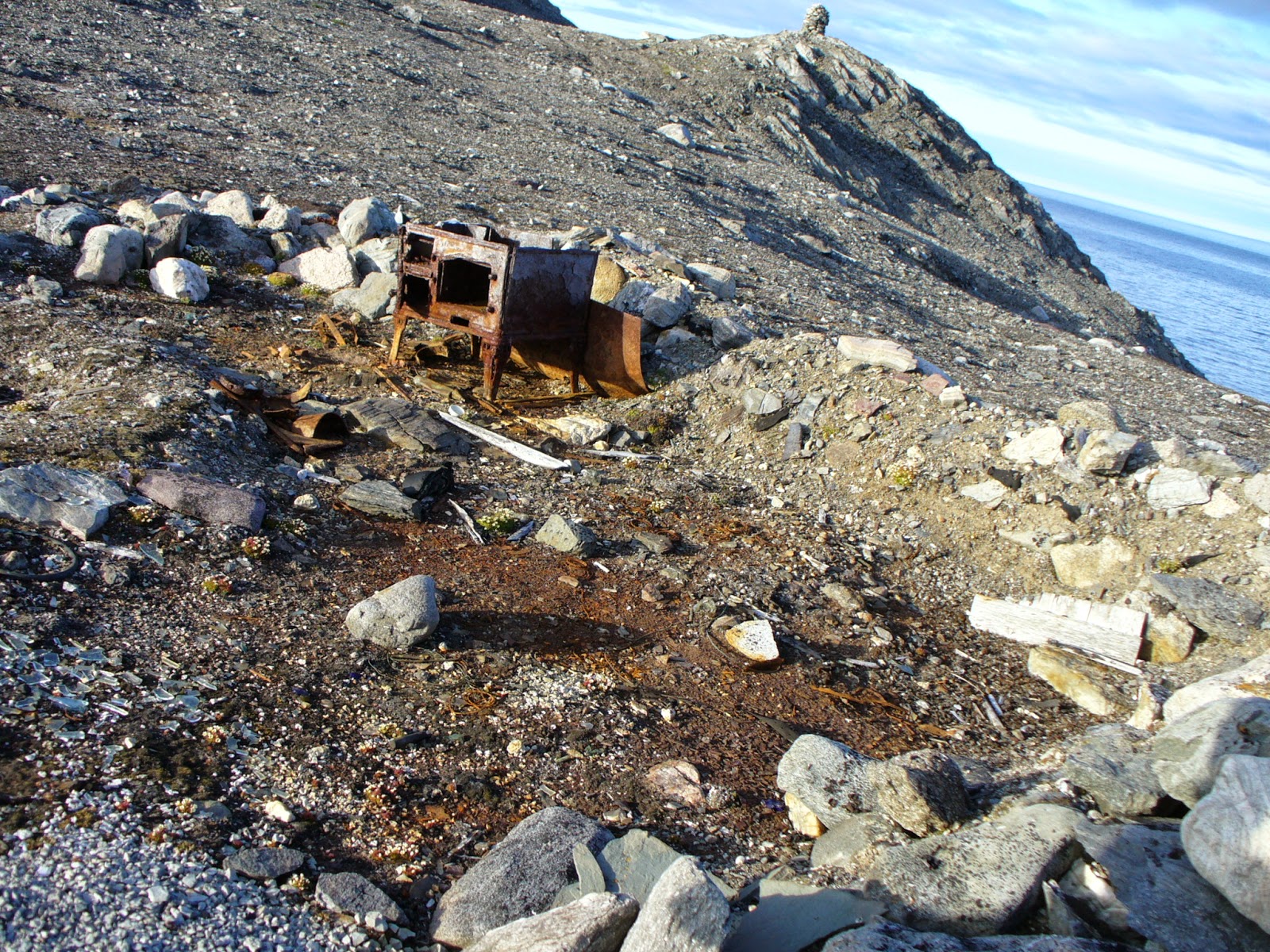Just last week on the 7th March 2014 it was exactly one year to the day since I last stood in Svalbard.
The day after, 8th March 2014, I was a guest at my first wedding at Otamatea Marae (my ancestral marae, I have relatives buried in the cemetery!).
The wedding was excellent, good food, some dancing, and plenty of wonderful stories and traditions. But after being out under the hot, burny sun for an afternoon - which I enjoyed, dont get me wrong, my jandal tanline is under improvement - I was reminded of this time last year, when the sun that I had seen definitely had not felt at all warm, but was welcome none the less.
I spent something like 72 days without seeing the sun. It made me realise that our bodies are certainly linked in some way to sunrises and sunsets, the circadian rhythm running through our lives. But I dont want this post to be too reflective... Despite the sunshine reflecting off the ocean just outside, the cicadas singing their hearts out, and the smell of warm soil and plants growing...
This is going to be the story about my trip to see the sun return. I have blogged about this earlier (see Trip to See the Sun Shine)
To see the sun return in Svalbard, it requires hiking up a mountain, Trollstein (so named due to the large rock sitting atop it, kind of like a troll) on a particular day in February. I was to ski up, on borrowed cross country skis. Now, I was certainly still a beginner skier. I still am. It doesnt come naturally to me at all (Perhaps because my ancestors all kept their feet firmly planted either on the ground or deck of their wakas/ships).
 |
| The top of the mountain is in sight, with foggy cloud approaching... |
But I made it most of the way, on my skis, without falling over. I took them off when I was close to the top as they started sliding backwards, and I didnt want to be skiing backwards down this mountainside!! Remember, I can barely ski forwards...
Taking them off and walking the last bit was great. Most of the town were also heading up the mountain to see the sun peek over the distant horizon and it was quite a communal occasion. At the top however, it was cold. Bitterly cold, that seeped through my gloves and I had to keep jumping about to keep warm! Further, it was cloudy.
That should have been a bit of a let down, getting to the top and seeing nought but clouds, but it wasnt. I had climbed a mountain (mostly in skis), which is certainly an achievement. And walking down, seeing the moody grey colour of the fjord surrounded by white snow, that was certainly something.
 |
| The view down Longyeardalen on the way back to town |
This story doesnt have such a happy ending, no skiing off into the sunset or anything like that. I ended up incredibly sick with the flu, two days after, and spent my final two weeks either in bed, or trying to write my PhD.
However, it has meant that on a day such as this, with the sun beating down and vitamin D coursing through my veins, my PhD written and submitted, no skis in sight, I feel invincible!!
As for Writing Boot Camp though.... Eep I fell off the wagon! Ah well, better climb back on...


















